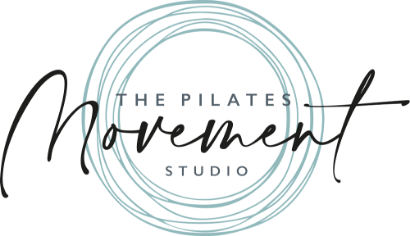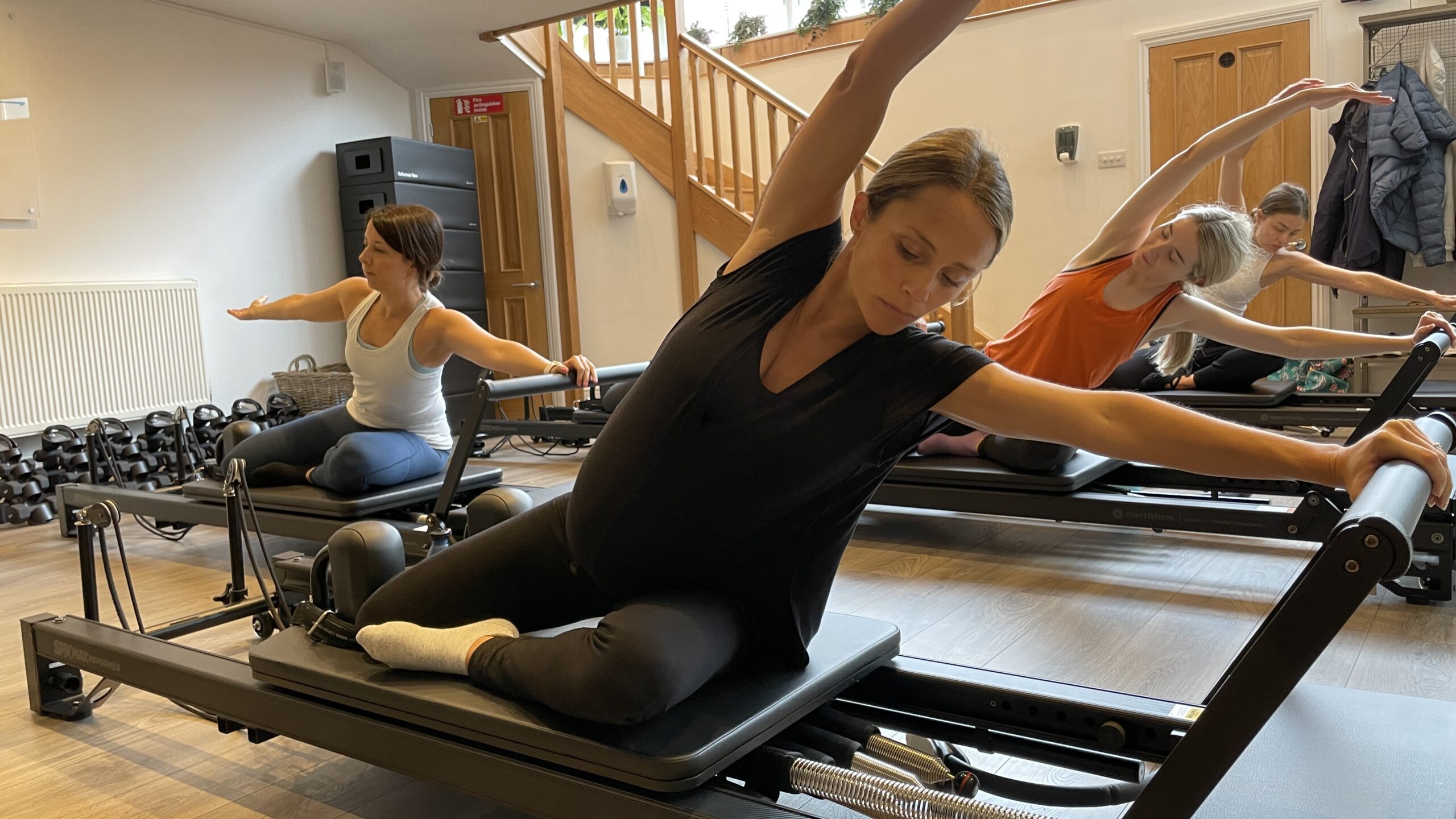
Posted By : Admin / On : September 01, 2024 / In : Uncategorized

Pilates and Posture
Good posture is more than just standing up straight. It affects how we feel, move, and function in our daily lives. With so many of us spending hours hunched over computers, slouched on sofas, or craning over our phones, poor posture has unfortunately become increasingly common.
Pilates is an exercise focused on controlled movements and core strength, making it a great way to improve posture and, by extension, overall wellbeing. In this article, we’ll explore the relationship between Pilates and posture.
Understanding Posture
Posture refers to how we position our bodies when standing, sitting, or lying down. The key to good posture lies in the alignment of the spine, which naturally curves at the neck, mid-back, and lower back. Maintaining these natural curves without exaggerating them is the key proper posture. Ideally, your head should be aligned above your shoulders, and your shoulders should be in line with your hips.
Why is this important? Other than aesthetics, good posture ensures that bones, muscles, and joints are properly aligned, reducing strain on the body, and helping to prevent fatigue and injury. On the other hand, poor posture can lead to decreased flexibility, difficulty with digestion, and impaired movement.
With this in mind, let’s take a look at how our posture is affected by Pilates.
The Relationship Between Pilates and Posture
1. Spinal Alignment
Keeping your spine aligned is crucial for good posture, and many Pilates moves are designed with this in mind. Take ‘The Hundred’ and ‘The Bird Dog’, for example—these exercises zero in on the core, back, and pelvic muscles, which are all crucial for supporting your spine. They focus on stretching and positioning each vertebra optimally, so your spine stays neutral and balanced. With regular Pilate’s practice, you can correct common issues like slumping or excessive arching of the back.
2. Body Awareness
One of the key tenants of Pilates is body awareness, i.e., paying attention to how your body feels throughout your class. By recognising how your body moves and aligns during Pilates exercises, you become more conscious of your posture in everyday life. This mindfulness helps you recognise and correct poor posture habits, ensuring that your spine remains in a neutral position.
Also, increased body awareness creates a greater understanding of how different activities impact your posture. For example, you might become more aware of how sitting for long periods or carrying heavy bags affects your alignment. This understanding allows you to make small adjustments throughout the day, such as changing your sitting posture or adjusting your workstation setup.
3.Core Strength
The core, which includes the muscles of the abdomen, lower back, hips, and pelvis, is fundamental to maintaining good posture. Pilates focuses on strengthening these muscles through precise, controlled movements. A strong core supports the spine, helping it stay aligned and balanced. This reduces the tendency to slouch or misalign your body and enhances overall movement efficiency.
When your core muscles are engaged, they provide a solid foundation that supports your entire body, making everyday movements easier and more controlled. This means that activities like lifting, bending, or even standing for extended periods become more manageable and less likely to lead to strain or discomfort. As your core strength improves, you’ll find it easier to maintain proper alignment, whether you’re at your desk or running errands.
4.Flexibility and Mobility
Good posture isn’t all about strength; flexibility and mobility are important too. Pilates incorporates stretching and lengthening exercises to boost muscle flexibility, especially in areas that tend to get tight, like the hamstrings, hip flexors, and chest. Better flexibility helps avoid stiffness that can lead to poor posture. By improving your range of motion and ensuring your muscles are evenly stretched, Pilates helps you maintain a more natural and relaxed posture throughout day-to-day life.
Quick Tips to Improve Posture
It only takes a few easy adjustments to begin improving your posture. Here are some quick tips:
All-in-all, Pilates and posture have a very close relationship. By focusing on core strength, body awareness, and flexibility, Pilates helps you maintain better alignment and reduce strain. If you’re interested in experiencing the benefits of Pilates for yourself, why not visit one of The Pilates Movement’s studios in Godalming or Guildford? Our classes are tailored to every ability and offer a fun and effective way to begin your Pilates journey.
The Pilates Movement
Be the first to know about class specials and updates